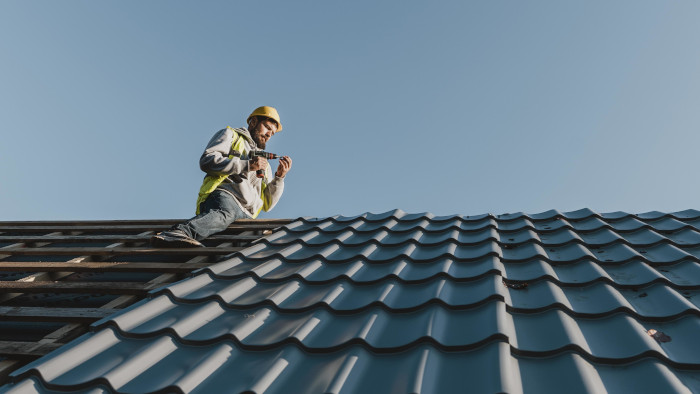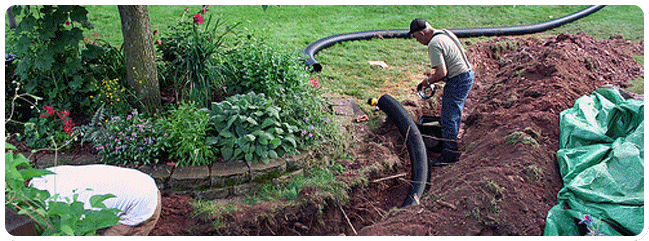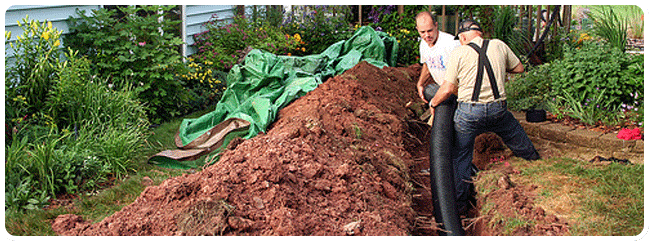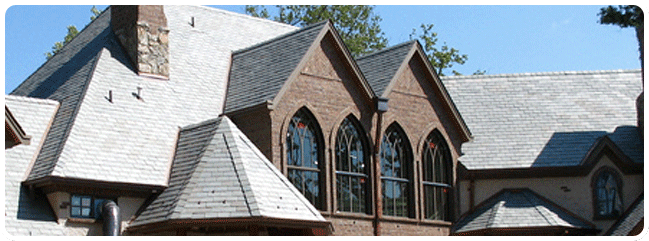When homeowners think about their roofing system, they often just know about the shingles or tiles that make up the visible outer layer. However, what lies beneath the surface is just as important. The roof underlayment is a critical component of any roofing system, providing an extra layer of protection against the elements. Discover what it is and why it’s important by reading below.

What is roof underlayment?
This layer of your roof system is typically made of asphalt saturated felt or modern synthetic materials. It covers your entire roof deck, acting as a secondary moisture barrier between the roof deck and the overlying shingles (or other roof covering) to help prevent wind-driven rain from infiltrating your home through the roof.
In other words, it helps keep your home dry. It’s just one of many layers of materials that make up your roofing system, and all of them have to be installed properly for your roof to provide the best protection against the elements. Source: GAF
How is it installed?
It depends on the product, but roofing underlayment should be rolled parallel to the peak of the roof, starting at the lowest point first. Subsequent courses should overlap each other on the way up the peak. Staple felt paper in place or use capped nails for synthetic underlayment. Rubberized underlayment will self adhere once the backing is removed.
How long does it last?
Roofing underlayment lasts between 12 and 20 years before it starts to deteriorate. Some rubberized underlayments can last as long as 35 years.
How long can it be exposed?
Felt roofing underlayment should be covered as soon as possible. However, a few days in calm weather is usually fine. Synthetic and rubberized underlayment is typically OK for 90 days, but the sooner it’s covered, the better. Source: BobVila
What are its other benefits?
Prevent fire
Your roof shingles alone don’t meet Class A fire ratings, which puts you and your family at risk without a roof underlayment installed. Roofing underlayment that meets industry standards and building codes and matches overlying shingles will help your roof meet these crucial Class A fire rating requirements.
Protect against moisture and ice damage
Rain and snow can become trapped under your roof shingles without a roofing underlayment, causing water damage. If the water becomes trapped under your shingles regularly, it can cause mold, wood rot, leaks, and irreversible damage.
Ice and snow dams can also form on your roof, straining the structure and putting your roof at risk of water damage, mold, and leaks. A water-resistant underlayment creates a seal on your roof frame, ensuring water drains off your roof and doesn’t collect and seep through.
As a result, roofing underlayment gives crucial protection that your shingles can’t provide on their own.
Provide a level surface
Many roofing decks don’t lie flat or straight, making creating a uniform look for your shingles challenging. However, a roof underlayment can create a uniform, smooth surface for your shingles to be installed on top. Felt or synthetic roofing underlayment creates a layer on your roof that the roofer can install the shingles on top of and make a “picture framing” effect that is polished instead of patchy or uneven. Source: TodaysHomeowner
If you have any questions about understanding how your roof system works or would like a professional opinion when it comes to choosing materials for your underlayment, don’t hesitate to give us a call.
Contact:
Kerrisdale Roofing & Drains
168 W 71st Ave, Vancouver, BC V5X 4S7
(604) 360-2114



















